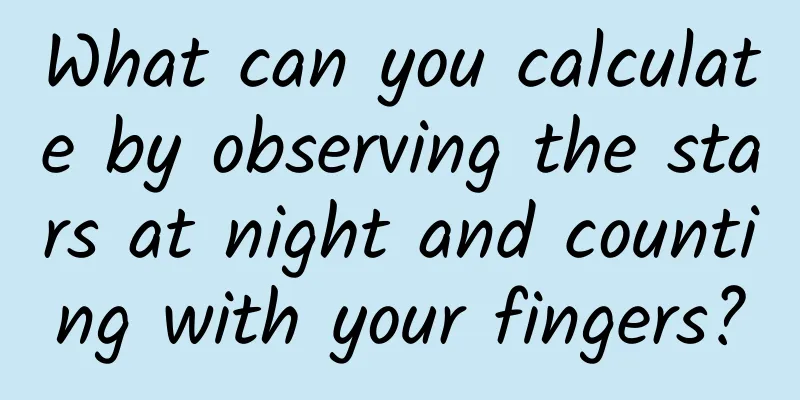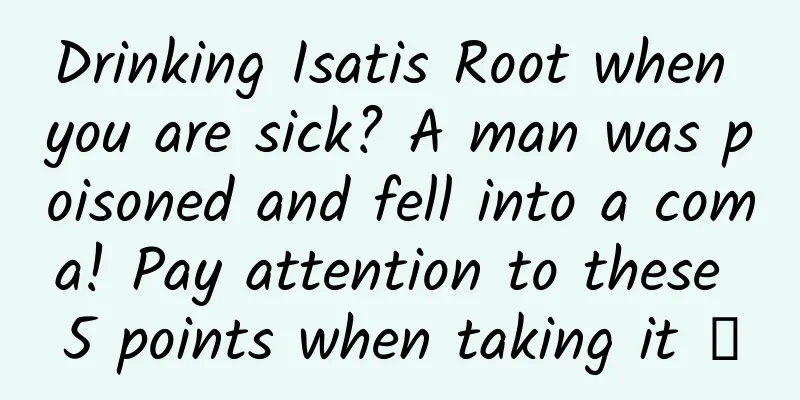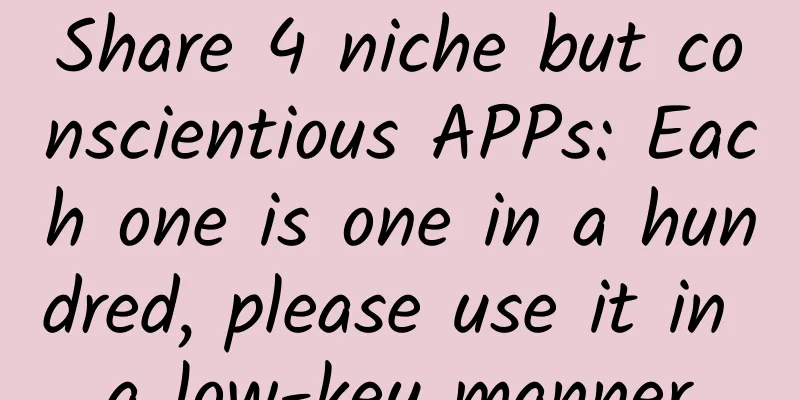What can you calculate by observing the stars at night and counting with your fingers?

|
Author: Chen En (Purple Mountain Observatory, Chinese Academy of Sciences) The article comes from the Science Academy official account (ID: kexuedayuan) —— Zhuge Liang: A representative figure who could predict the future by observing the celestial phenomena at night In ancient costume TV dramas, we often see scenes like this: a certain expert looks up at the stars, counts with his fingers, and can predict fate or something. In real life, this is of course impossible to do, but it is still possible to estimate the time by looking at the stars. To obtain this skill, of course, there are prerequisites: The first prerequisite is "look at the starry sky", which means that you must at least be familiar with some common constellations. Yes, those are the 12 constellations that you are familiar with. The second prerequisite is to know the date (month and day) of the day when you want to observe the starry sky, which almost everyone should be able to tell you. Therefore, as long as you are familiar with the 12 constellations and know the date of the day, you will have the conditions to practice the skill of stargazing and time telling. How to do it specifically? Let's break it down one by one. Watching the Starry Sky: 12 Constellations and Stargazing Whether you know astronomy or not, believe in astrology or not, the names of the 12 constellations should be familiar to everyone. The reason why they are so famous is that the path of the sun in the sky is in these 12 constellations, which were called the 12 zodiacs in ancient times. "Palace" refers to the palace, which means that the sun stays in each palace (constellation) for a month throughout the year, just like traveling (the 12 constellations do not correspond exactly to the 12 months, but for our topic today, the error is within an acceptable range). For example, on the spring equinox on March 21, the sun is in Pisces, the next month it is in Aries, and the next month it is in the same order, as shown in the figure below. (What is the relationship between the 12 constellations and the 12 zodiacs? Portal: Don't say you really understand constellations) Figure 1: Full-sky constellation map. The yellow curve in the middle is the ecliptic, and the ecliptic spans 12 constellations. For example, the center of the picture is Virgo (the term "Virgo" we often say is actually a translation from Japan), on the left is Libra, on the right is Leo, etc. In order to measure time, how do these 12 constellations correspond to time? In fact, it is not difficult to understand. Imagine: the entire ecliptic is actually a huge clock. We stand at the center of the clock, and the 12 constellations are the dial, corresponding to the times from 1 o'clock to 24 o'clock respectively. Of course, having a dial is not enough. In order to indicate the time, we also need two hands (similar to the hour hand and minute hand). These two hands are our line of sight and the sun. Calculating time: the sun and line of sight as pointers Figure 2 The 12 zodiac signs and the clock. 0 or 24 o'clock is set at the vernal equinox (in Pisces), and the rest of the time is arranged counterclockwise (because the stars rise in the east and set in the west). Our gaze can be fixed on the south, that is, we only need to look due south, and when we see a constellation, we can directly read the corresponding scale point (red number) in Figure 2. For example, when we see Libra and Virgo due south, we can read the scale point 13 o'clock. However, this point is not the real time yet. To get the real time, we need the reading of another needle. Don't worry, let's just remember the current point for future use. The constellation where the sun is located is the other hand, or the time when the sun is at the time marked in Figure 2. How do we know this time? This requires the use of the second premise we mentioned, that is, the date of the day. As mentioned above, the sun is in Pisces on the spring equinox, March 21, which is 0 o'clock as marked in Figure 2. So we can infer that on April 21, it is at 2 o'clock, on May 21, it is at 4 o'clock... Here we also need to use a conversion relationship between date and time: 1 month = 2 hours or 1 day = 4 minutes. For example, if today is June 1, then the time scale on Figure 2 where the sun is located is June 1-March 21 = 2 months and 10 days = (2x2) hours (10x4) minutes = 4 hours and 40 minutes. At this time, the sun is between Taurus and Gemini. This is the time indicated by the sun pointer. The overall effect is that as the stars rise in the east and set in the west, our gaze and the sun are the two pointers that pass across the dial. Doesn't it look like a real clock? Counting with fingers: What time is it in the evening? As the saying goes, "Learn and practice it from time to time", let's put it into practice through examples. Part of Su Shi's "Red Cliff Fu" Example 1: Su Shi wrote in his famous poem "Red Cliff": "The moon rises above the eastern mountain and lingers between the constellations of Dipper and Taurus." Assuming it was early June, what time in the evening was it when he saw this scene? First of all, "moonrise" refers to the time when the moon has just risen from the eastern horizon, and "Dipper" and "Ox" refer to Sagittarius and Capricorn respectively. Since they are on the eastern horizon at this time, the zodiac constellations that should be visible in the south are Libra and Virgo (6 hours clockwise). In this way, through our gaze and the date, we have the readings of the two pointers, 13:00 and 4:40 respectively. The difference between the two is the real time at that time, that is, 13:00-4:40=8:20 pm. Therefore, Su Shi's "Red Cliff Fu" was probably written at around 8 pm in early summer. Of course, different dates will have different times. As long as the date is determined, the time can naturally be known. Let’s take another example: On the evening of April 21, Scorpio was seen due south. What time was it in the evening? Using the method we mentioned, "counting with fingers", we can quickly find out that the answer is 2 a.m.: read the 16:00 scale from Scorpio; get the 2-hour scale from April 21st to March 21st; then 16:00 - 2:00 = 14:00, and since the result is greater than 12:00, which is the early morning of the next day, subtract 12:00 to get the result of 2:00 a.m. Finally, let's summarize, stargazing is like this: When you are outdoors, facing due south, and see a certain zodiacal constellation, recall the scale on the dial in Figure 2 and read out a time; then subtract March 21 from the date and convert the result into a time using the relationship "1 month = 2 hours"; finally, subtract the previous time from the next time to get the evening time at that time (if it is more than 12 hours, subtract 12 hours; if the value is negative, add 12 hours). |
Recommend
Ant Financial is Alibaba's main weapon against Tencent
I have always believed that the outside world has...
How New Year's Eve became a mobile carnival
The just concluded Spring Festival Gala of the Ye...
iOS developers may earn more than Hollywood stars!
[[126703]] Apple recently announced that they pai...
Understand Toutiao’s information flow ads in one article!
As the largest information flow platform at prese...
Have you been officially diagnosed as a "rat person" on the Internet? The reason may not be laziness, but low energy
Recently, a niche track has become popular on soc...
Add animation to the tab bar
Source code introduction: RAMAnimatedTabBarContro...
SpongeBob says goodnight: Do animals without brains also need sleep?
I wake up to sleep while others sleep to wake up....
Spicy Chicken and the Problem of Symbols | Scientific Reveries
An environment becomes conservative and rigid, lo...
Latest research: Can you prevent dementia by eating? This healthy diet should be saved for your family
A recent study published by researchers from Newc...
The essence of APP product operation, passionate speeches by operation masters such as Didi and Meitu
Didi Product Director Ye Keji: The core of produc...
The most "bold" combination of ancient Chinese ritual vessels: Nine Dings and Eight Gui
"During the Western Zhou Dynasty in ancient ...
Otters are not celebrity animals, so why do zoos have to keep them?
"Look, this is water lǎn!" "What i...
Enterprise new media operation methods and skills!
What is the core reason why companies fail to do ...
Tencent practical case! How did you redesign the QQ online status after more than ten years?
"Ahem, ahem" - old QQ users must be fam...
What is this scary technology? Huawei demonstrates Android's new file system EROFS: faster phones
Although the file system sounds a bit obscure, in...









